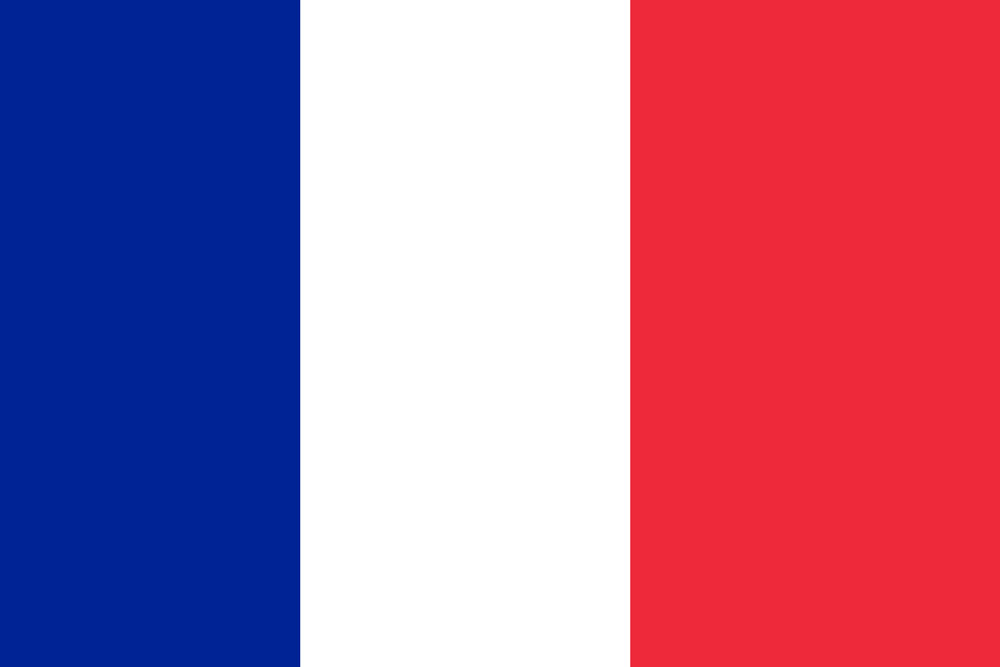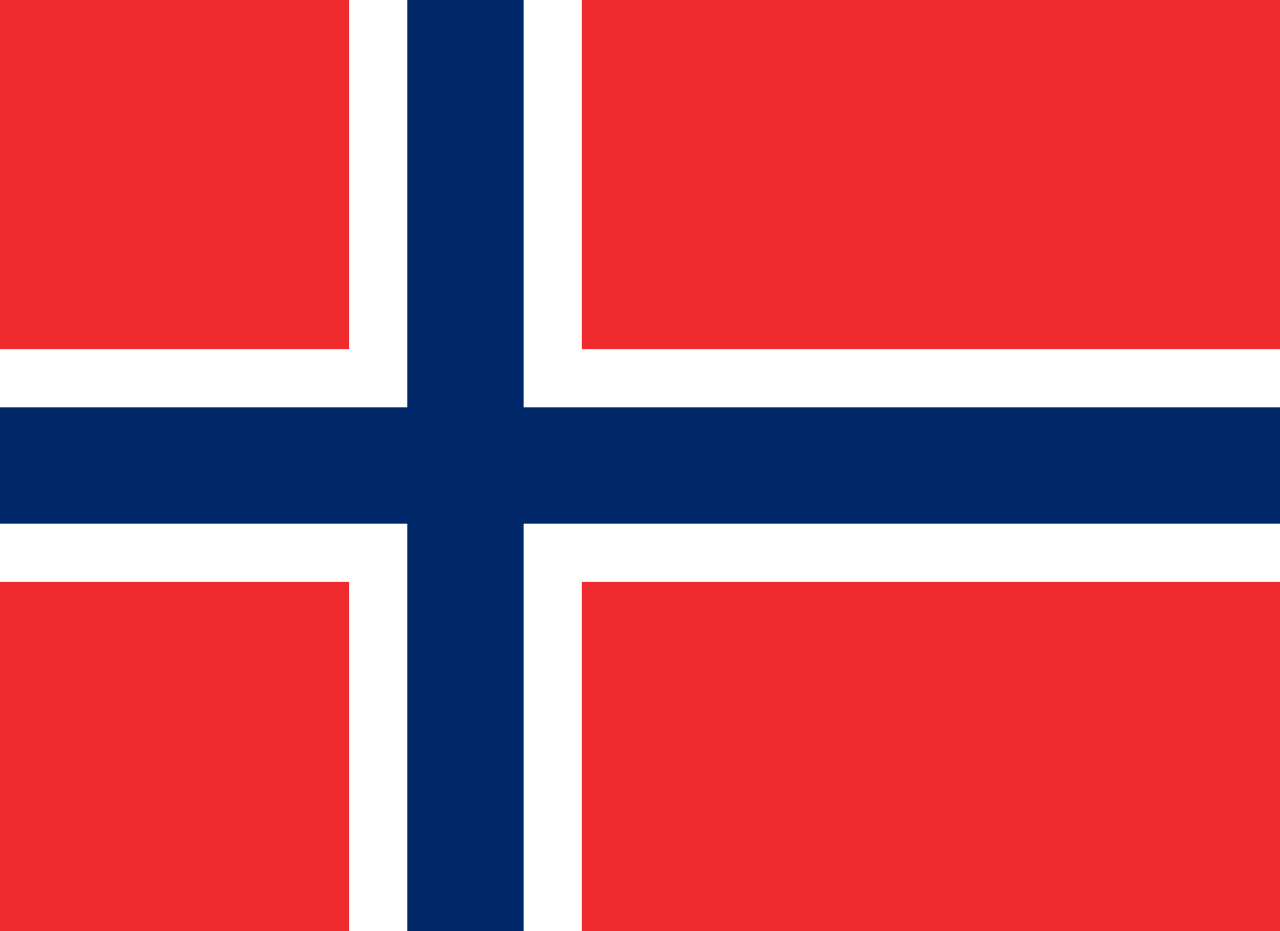So, you’ve done some wild camping in the UK and now you’ve got a taste for it. You’ve got so much of a taste for this type of camping, in fact, that you’re now looking to do some wild camping adventures in mainland Europe. But hold on one minute mate, is wild camping in mainland Europe even allowed? The answer, we’re afraid to say, is far from simple (“yes”, “no”,”maybe” – depending on the country).
In a bid to ensure you all know the most basic rules of wild camping in Europe, we’ve broken parts of the continent down a bit so that you don’t have to. For those wanting to go wild camping in Europe then, here’s some information that you definitely/maybe/probably should read before buying your flights/train ticket/ferry toll.
FYI. Give Switzerland a swerve on the wild camping front, or face a potential fine of 10,000 Euros.
France

France is a funny one when it comes to wild camping. It’s not technically allowed but, like an irritating child, you’ll generally be tolerated if you play by the rules. If you can, try and seek permission of the landowners first or hide yourself well out the way of the main tourist sites.
Places to consider, according to various online forums, are the Ardennes, the Morvan peaks, and spots around Saintes Maries-de-la-Mer. If you’re doing it in the French Alps, set up after 7pm in the evening as anything before then could result you in getting in trouble. A few things to note before you hop on the Eurostar; you definitely can’t start a fire (not even a small one), and don’t stay later than 9am in the morning.
Norway

Wild camping in Norway is wrapped in something called ‘Allemannsretten’; which basically translates as “everyman’s right” or “freedom to roam.” God bless you, Norway. God bless you. One important thing to remember about ‘Allemannsretten’ though, before we get far too carried away, is that it does have some limits.
The law in Norway makes a notable distinction between cultivated lands (innmark) and uncultivated lands (utmark). Cutting right to the chase, you’re allowed to wild camp on uncultivated lands but not on cultivated lands. Cultivated lands include farmyards, tilled fields, and plots around houses/cabins.
Travellers making the most of their wild camping freedom here should know that the law states how those who use ‘allemannsretten’ must behave themselves at all times. That means leaving the place as you found it, and being aware that property owners have the right to eject any campers or hikers who are stirring up mischief, causing damage, and generally being turds.
If you fancy getting a bit of midnight sun in Norway, find yourself a summer camping spot inside the Arctic Circle on the stunning Lofoten islands. An adventure to these northerly parts will no doubt cause some chaos with your sleeping patterns, but we think you’ll love it all the same. Another place worth thinking about is the woodland area around Sognsvann Lake, north of Oslo.




